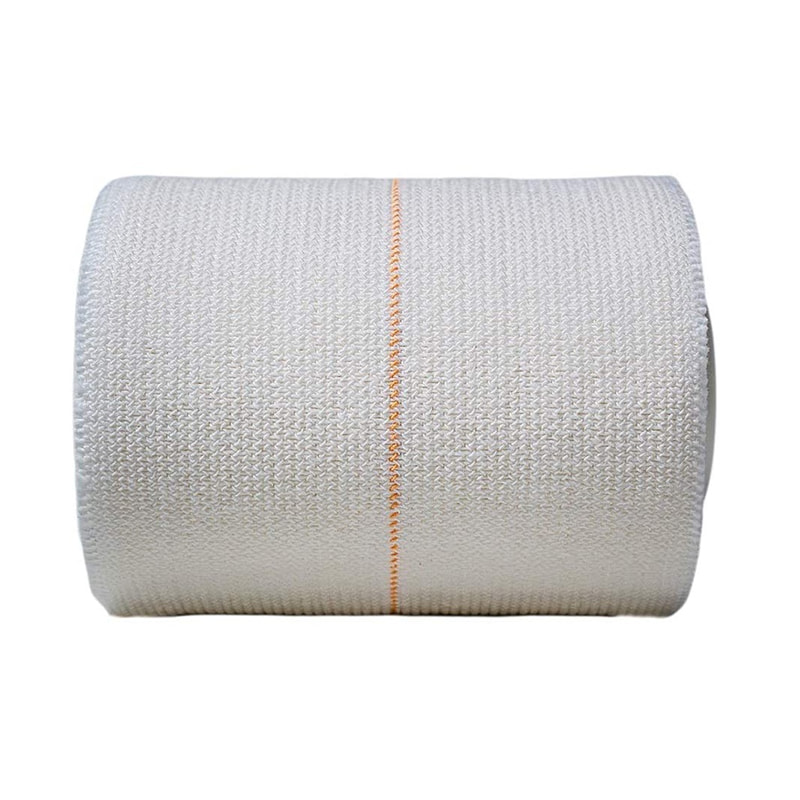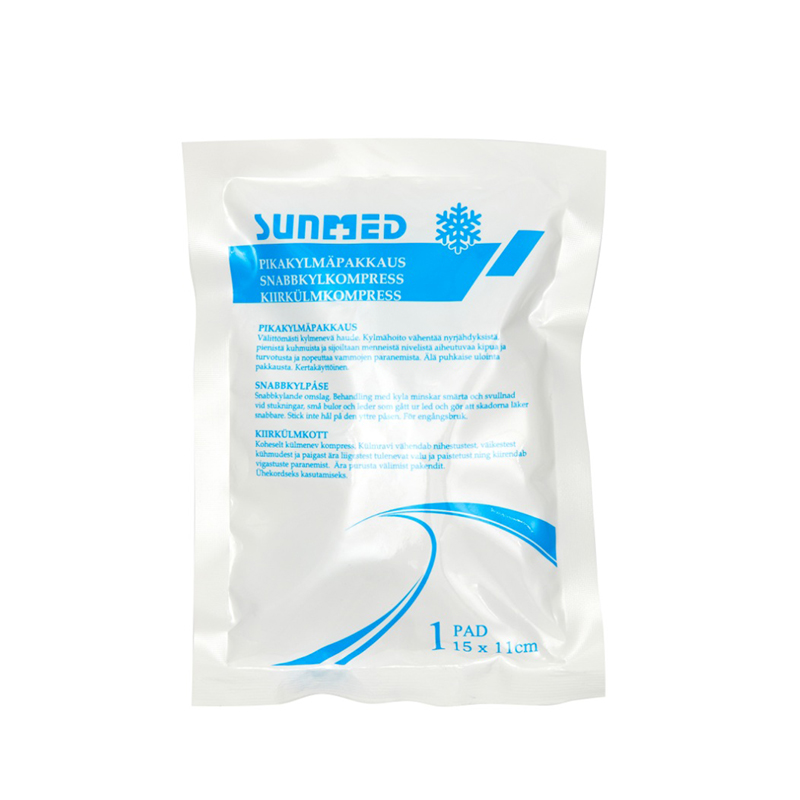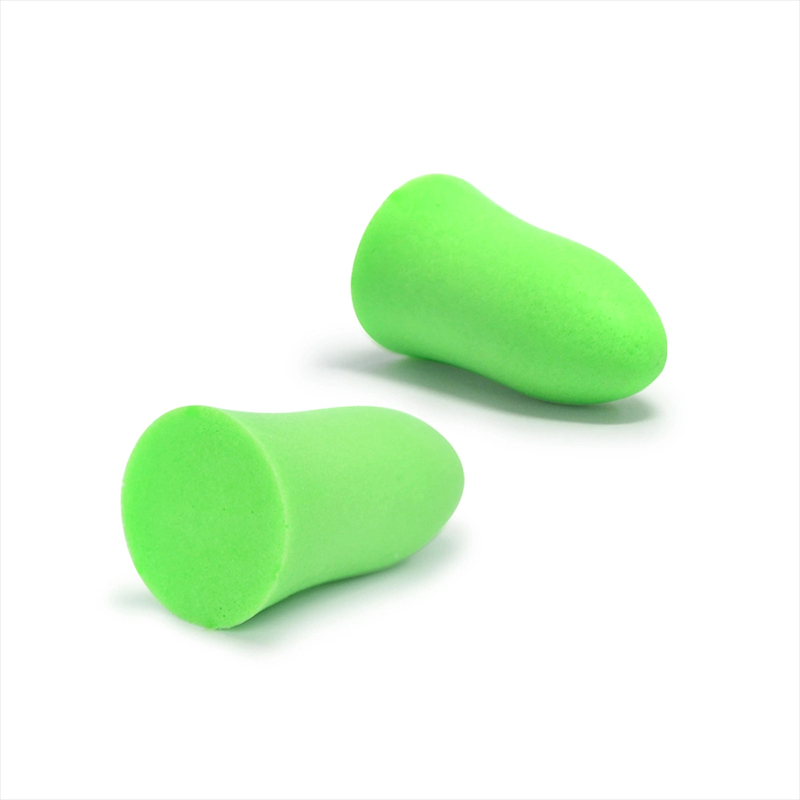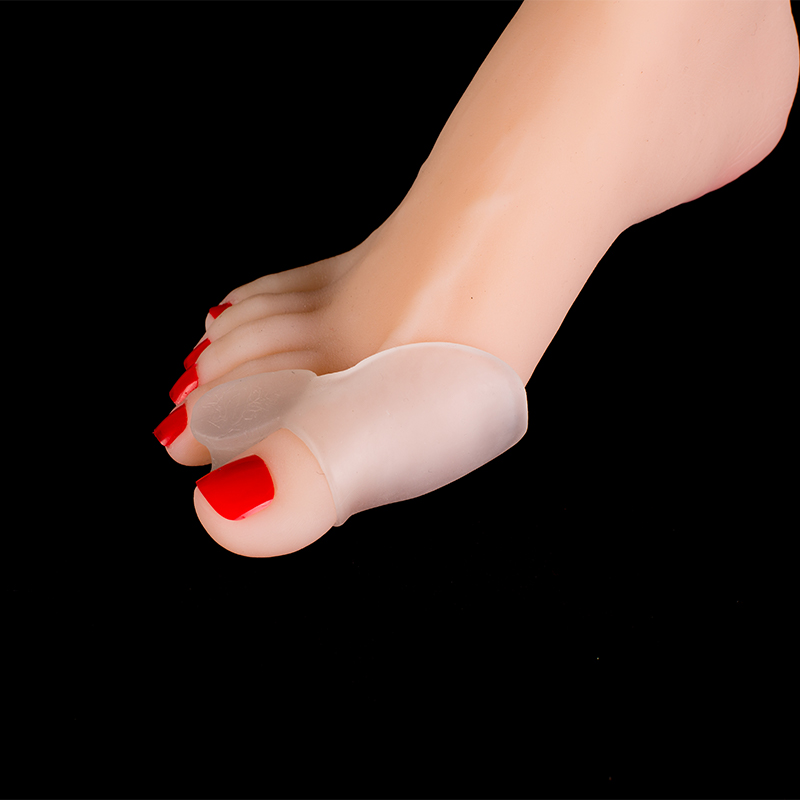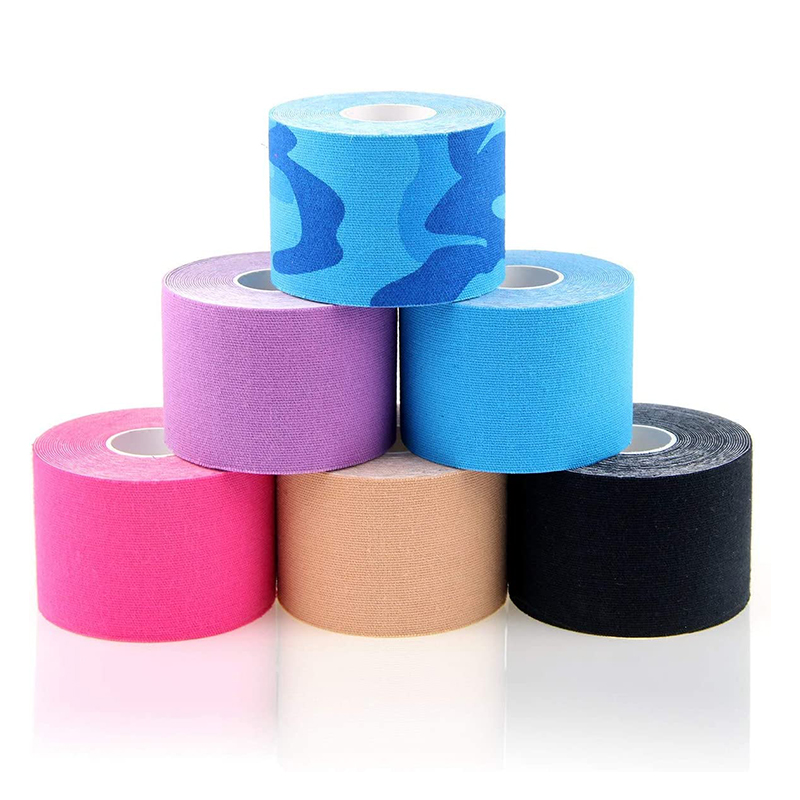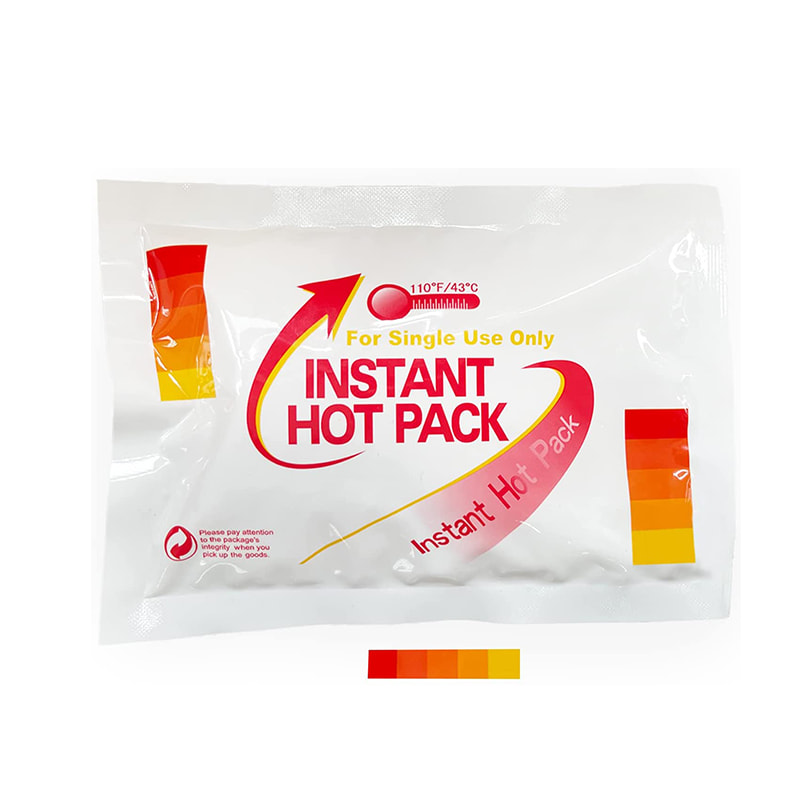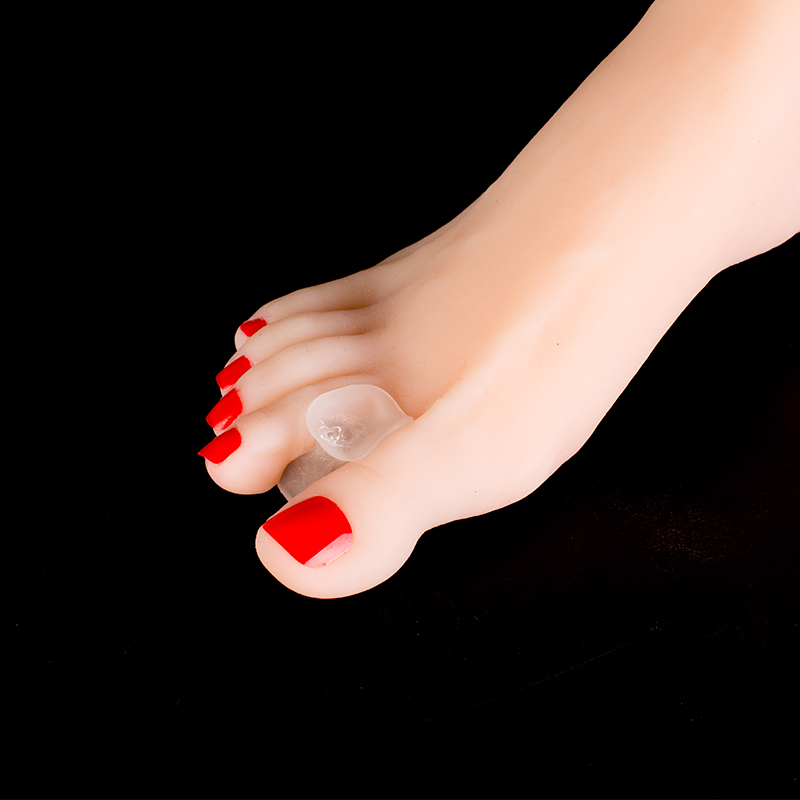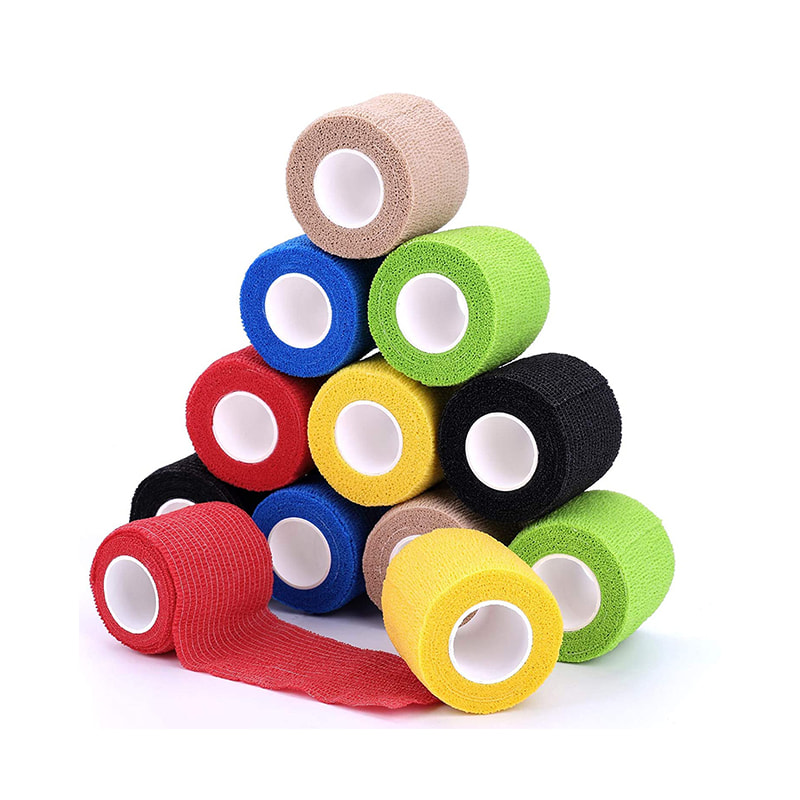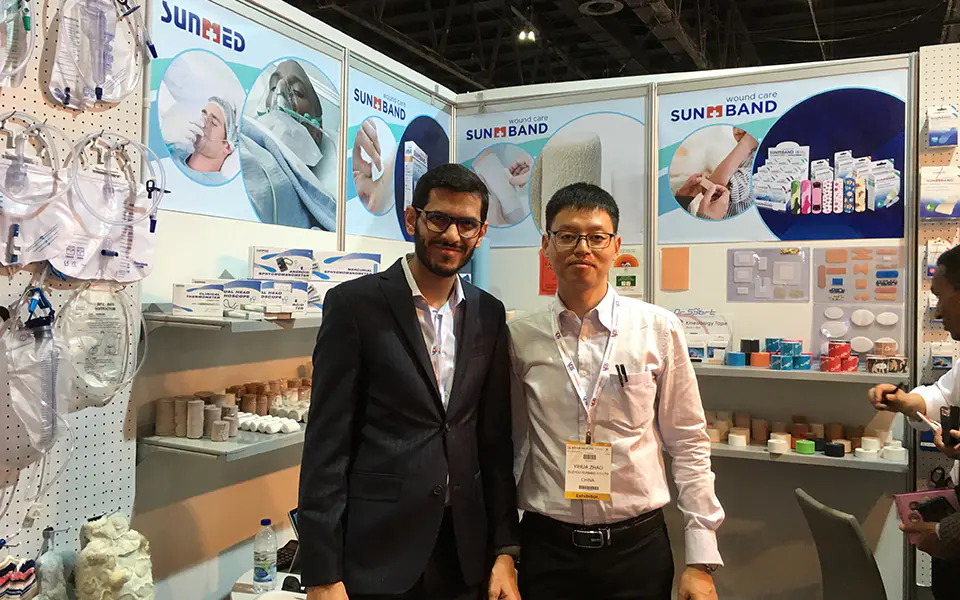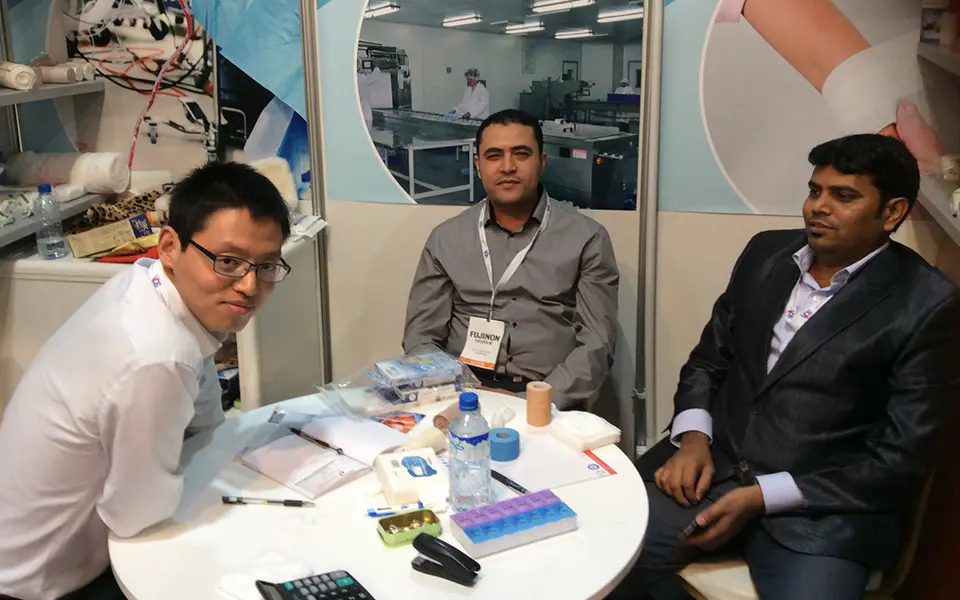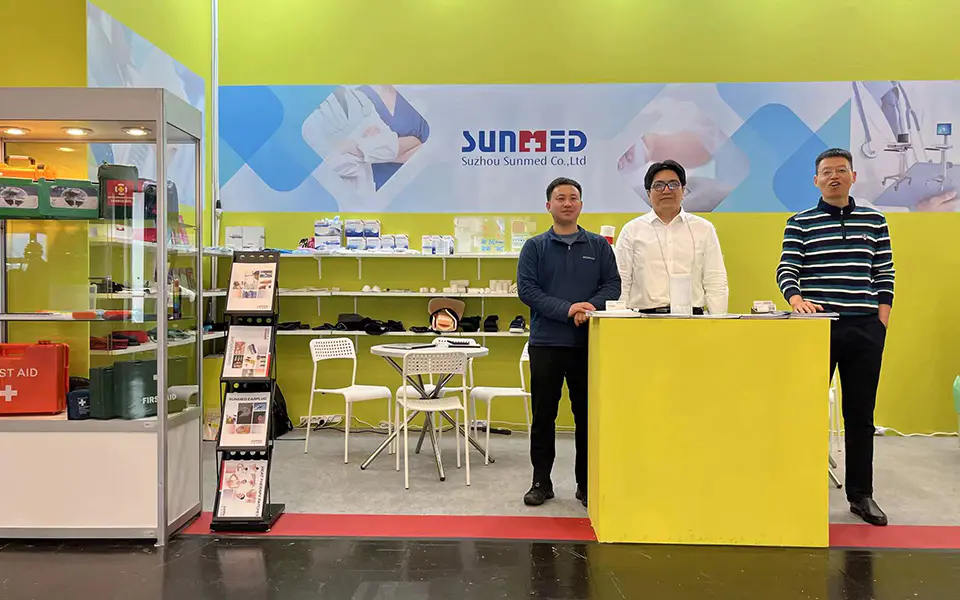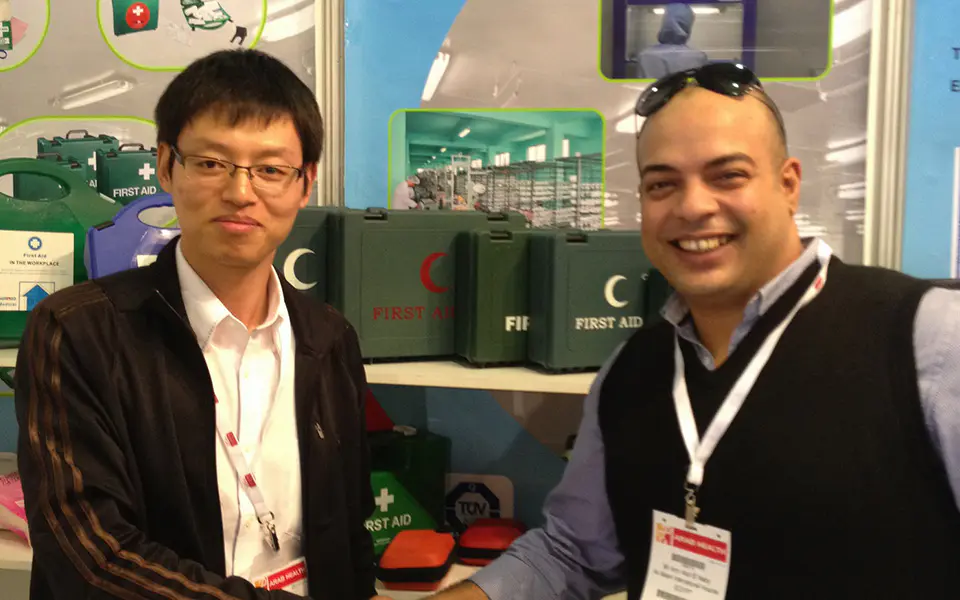When it comes to wound care, choosing the right type of plaster is more than a matter of preference—it’s about comfort, protection, and skin compatibility. Among the many types of adhesive dressings available, fabric plasters and waterproof bandages are two of the most commonly used. But for individuals with sensitive or delicate skin, the question arises: Are fabric plasters truly better for sensitive skin than waterproof ones? Let’s explore this topic in depth, examining materials, comfort, adhesion, breathability, and overall suitability for different skin types.
1. Understanding Fabric Plasters
Fabric plasters are made from soft, breathable textile materials that closely resemble woven cotton or elastic fabric. They typically include three main layers:
Fabric backing – allows air circulation and provides flexibility.
Adhesive layer – made with skin-friendly glue that sticks gently to the skin.
Non-stick wound pad – protects the wound while absorbing small amounts of exudate.
Because of this construction, fabric plasters are designed for comfort and adaptability. They conform easily to curved areas such as elbows, knees, and fingers, maintaining strong adhesion without pulling or irritating the skin.
2. The Composition of Waterproof Bandages
Waterproof bandages, in contrast, are typically made from polyurethane film (PU film) or plastic materials such as polyethylene or PVC. Their main purpose is to repel water and prevent contamination. They form a complete seal over the wound, keeping out moisture, dirt, and bacteria.
While this makes them ideal for environments where water exposure is likely—like swimming, bathing, or outdoor work—it also means they restrict airflow. The lack of breathability can sometimes trap sweat and heat beneath the dressing, which can irritate sensitive or allergy-prone skin.
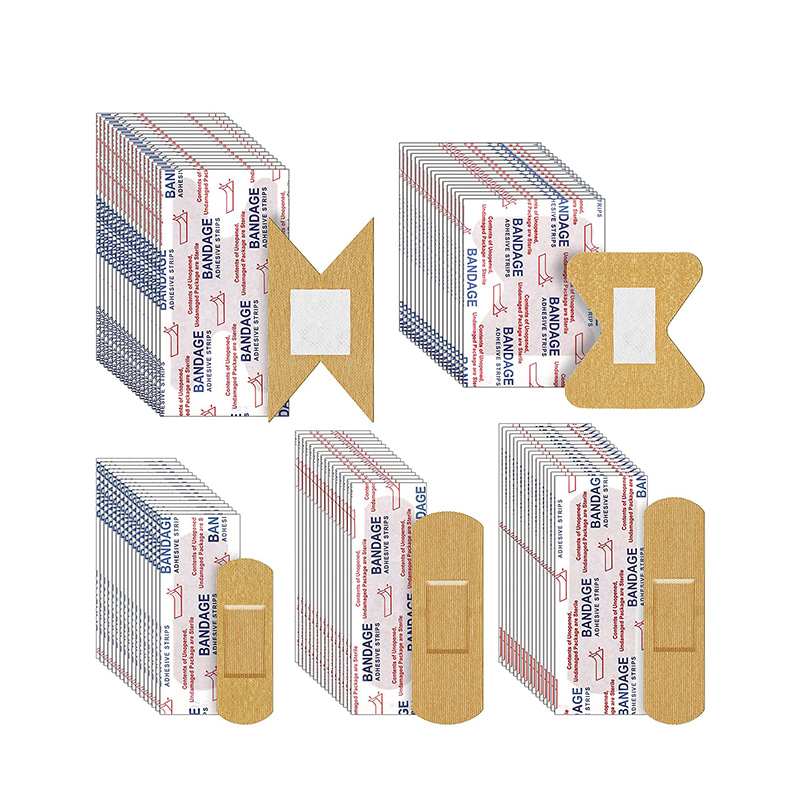
3. Adhesion and Skin Compatibility
One of the most important factors for sensitive skin is the type of adhesive used in the plaster.
Fabric Plasters:
Most high-quality fabric plasters, such as those manufactured by Sunmed, use hypoallergenic adhesives. These are designed to stick securely without damaging the upper layer of skin upon removal. They also tend to contain no latex, which helps avoid allergic reactions.
Waterproof Bandages:
Many waterproof versions require stronger adhesives to maintain a seal against moisture. While effective in keeping water out, this can make removal painful and may leave redness, itching, or adhesive residue—especially for individuals with delicate skin.
For this reason, people with sensitive skin often find fabric plasters more tolerable. Their adhesives are softer and allow the skin to breathe naturally, reducing irritation and discomfort.
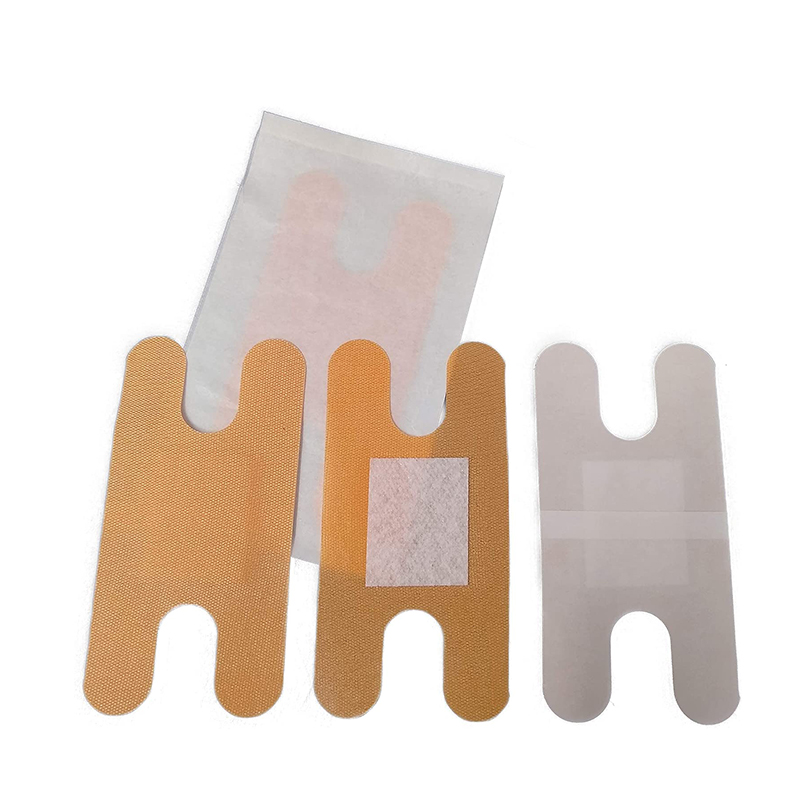
4. Breathability and Moisture Balance
Healthy wound healing depends heavily on air exchange and moisture balance.
Fabric plasters, being woven or perforated, allow air to circulate freely. This helps prevent excess moisture buildup and keeps the wound environment slightly moist—but not wet—which is optimal for healing. The breathable nature of fabric ensures that skin beneath the plaster remains dry and less prone to maceration (softening due to moisture).
On the other hand, waterproof bandages form an airtight barrier. While this barrier effectively keeps external water and bacteria out, it can also trap perspiration and exudate inside, particularly during extended wear. This may cause itching, rashes, or delayed healing for those with sensitive skin.
5. Comfort and Flexibility During Movement
Another key benefit of fabric plasters is their flexibility. The fabric material stretches and bends with body movements, providing a more natural feel. Whether applied on joints, fingers, or other mobile areas, they do not restrict movement or peel off easily.
Waterproof bandages, by contrast, can be stiffer and less adaptable. When applied on flexible areas, they may wrinkle, create tension, or lose adhesion more quickly. For children, athletes, or individuals who need comfort during daily activities, fabric plasters offer better flexibility and long-term wearability.
6. Absorbency and Clean Healing
Fabric plasters are equipped with an absorbent, non-stick pad that draws out wound exudate and maintains a clean healing surface. This absorbency helps prevent wound softening or infection.
Waterproof bandages usually have minimal absorbency, since they focus on sealing out moisture. While this is beneficial for protecting clean, dry wounds, it may not be suitable for minor cuts or abrasions that ooze slightly, as trapped fluids can irritate sensitive skin and slow healing.
7. Application Scenarios and Suitability
| Use Scenario |
Recommended Plaster Type |
Reason |
| Daily use for small cuts and grazes |
Fabric Plaster |
Soft, breathable, and gentle on skin |
| Showering or swimming |
Waterproof Bandage |
Prevents water penetration |
| Sensitive or allergy-prone skin |
Fabric Plaster |
Hypoallergenic adhesive and breathable fabric |
| Outdoor work or dusty environments |
Waterproof Bandage |
Provides a protective seal |
| Children or elderly users |
Fabric Plaster |
Easier to remove, minimizes irritation |
From this comparison, it’s clear that fabric plasters are more suitable for general wound care, especially for those with sensitive skin. Waterproof bandages, while effective in wet conditions, are best reserved for short-term use.
8. Skin Reactions and Allergy Prevention
Sensitive skin can react to adhesives, synthetic materials, or lack of ventilation. Fabric plasters—especially those labeled as latex-free and hypoallergenic—are gentler options that reduce the likelihood of:
Redness and rashes
Itching and discomfort
Skin tearing during removal
Brands like Sunmed, which specialize in producing fabric plasters, focus on non-irritating materials and medical-grade adhesives that provide reliable protection without compromising comfort.
9. Sustainability and Environmental Considerations
Another growing factor in choosing between the two is environmental impact.
Fabric plasters often use cotton-based or biodegradable fabrics, making them more eco-friendly than plastic waterproof bandages. As global awareness of sustainable healthcare products increases, fabric plasters are gaining popularity not just for comfort, but also for their reduced ecological footprint.

10. Conclusion: The Better Choice for Sensitive Skin
While both fabric plasters and waterproof bandages serve essential roles in wound care, fabric plasters stand out as the superior choice for sensitive skin. Their soft texture, breathability, gentle adhesion, and absorbent properties make them more comfortable and less likely to cause irritation.
Waterproof bandages, though valuable in specific situations, can trap moisture and require stronger adhesives that may aggravate delicate skin.
Therefore, for everyday cuts, scrapes, and minor abrasions—especially for children, elderly individuals, or those prone to allergies—fabric plasters offer the perfect combination of protection and comfort.
At Sunmed, we manufacture high-quality fabric plasters designed to meet diverse healthcare needs. Our products prioritize skin comfort, flexibility, and safe healing, ensuring that every customer experiences reliable wound protection with minimal irritation. By choosing fabric plasters, you’re not just choosing effective wound care—you’re choosing care that’s kind to your skin.

 English
English Español
Español русский
русский Français
Français Deutsch
Deutsch By Admin
By Admin



